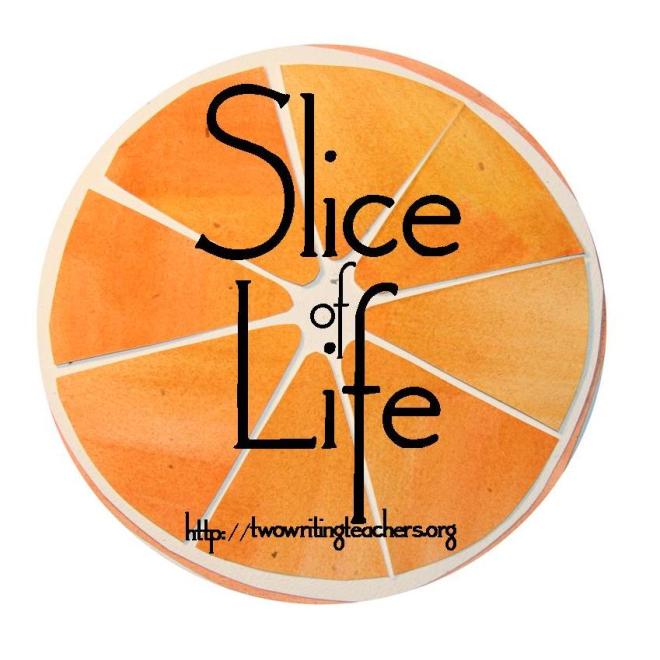
I felt a flood of joy at the sight of the text message.
Ryan is my oldest niece, and as you might imagine, she was showered with books from the moment she was born.
I would enter their house with green Barnes and Noble bag in hand, and Ryan would totter over, point and say, “Toys!” She called books toys for the longest time.
We spent hours side by side, flat on our bellies on the floor, surrounded by piles of books.
Sitting on the couch with my legs off to the side, bent so that they made an upside down v shape, Ryan would sit in the v which she called my “pouch” (like a kangaroo).
Book after book after book.
I had no doubt that she would be a lifelong reader. She already was.
Until she wasn’t.
Mid-elementary school, she stopped reading. Right around the time she should have been entering the magical reading years of the middle grade novel, she entirely lost interest.
Book after book was abandoned.
As a teacher, I had a theory (of course). I’m not going to disparage the literacy program of a school or district in which I do not work. . . but let’s just say what was going on in her classrooms was not the same quality of learning experience that was happening in mine. It was a difficult thing to watch from the sidelines, but that’s another story.
My strategy was to keep bringing books, keep talking about books, keep encouraging her to read (and be read to). I surreptitiously conferred with her, trying to get to the root of what might be going on. She could read, and she could talk about what she read on a basic level, but she was not connecting with books the way she had as a young reader.
It almost seemed like a game. “Oh, yeah. . . that book (sly smile). . . I didn’t finish that one.”
When she abandoned The Hunger Games with a shrug, my suspicion was confirmed. She was not comprehending what she was reading—not at a level of depth commensurate with the complexity of the text. It’s one thing to set that particular book aside because it’s disturbing (totally valid). But to spend weeks reading it incredibly slowly and then to peeter out mid-way with the excuse that it’s just not interesting enough is a red flag. A boring book The Hunger Games is not.
Flash forward to the text message in my hand. Ryan, now twelve, has found herself as a reader, and she’s actively seeking out what she wants to read (currently, it’s dystopian fairy tales). She’s inhaling YA novels, and I love that she’s both taking and giving book recommendations—that’s what readers do! I recognize that same light in her eyes from when she’d spot a bag of new picture books from 50 feet, only now it’s book after book after book that she picks out.
“You bet,” I text back. “I’ve been wanting to read The Cruel Prince. Can’t wait to hear what you think of Stepsister!”


Ah, this gives me such hope for my own teenager. You capture the inner conflict you’ve endured to get to this moment, with your auntie enthusiasm never waning for her. Well done!
LikeLiked by 1 person
I loved your use of spacing to emphasize your points. Although I don’t have any nieces or nephews (yet) to model reading for, I felt this pain as a 6th-grade teacher when I saw my past students’ reading drop off in 7th and 8th grade. Persistence and the right choice of books is always key!
LikeLiked by 1 person
What do you think happened to turn her off? And then what was it that turned her on again? I’m so glad that she is back to her old self!
LikeLike
I teach high school students. Know that many of them do return to reading! I’m glad to hear that your niece is back into books!
LikeLike
It is fascinating how our reading lives change over time—even as adults.
LikeLike
She is so blessed to have you in her life. I loved how you began your post. “Until she wasn’t.” was a powerful turn. I’m glad she’s reading again!
LikeLike
It was a team effort, to be sure! We are a family of readers.
LikeLike
My nieces are adults now and we still bond over books. I’m so happy for you that now you’ll always have that bond, too.
LikeLike
I have an aunt who was like that for me, too. She lived far away, but she would send me books—L.M. Montgomery was the author I remember connecting with that way.
LikeLiked by 1 person